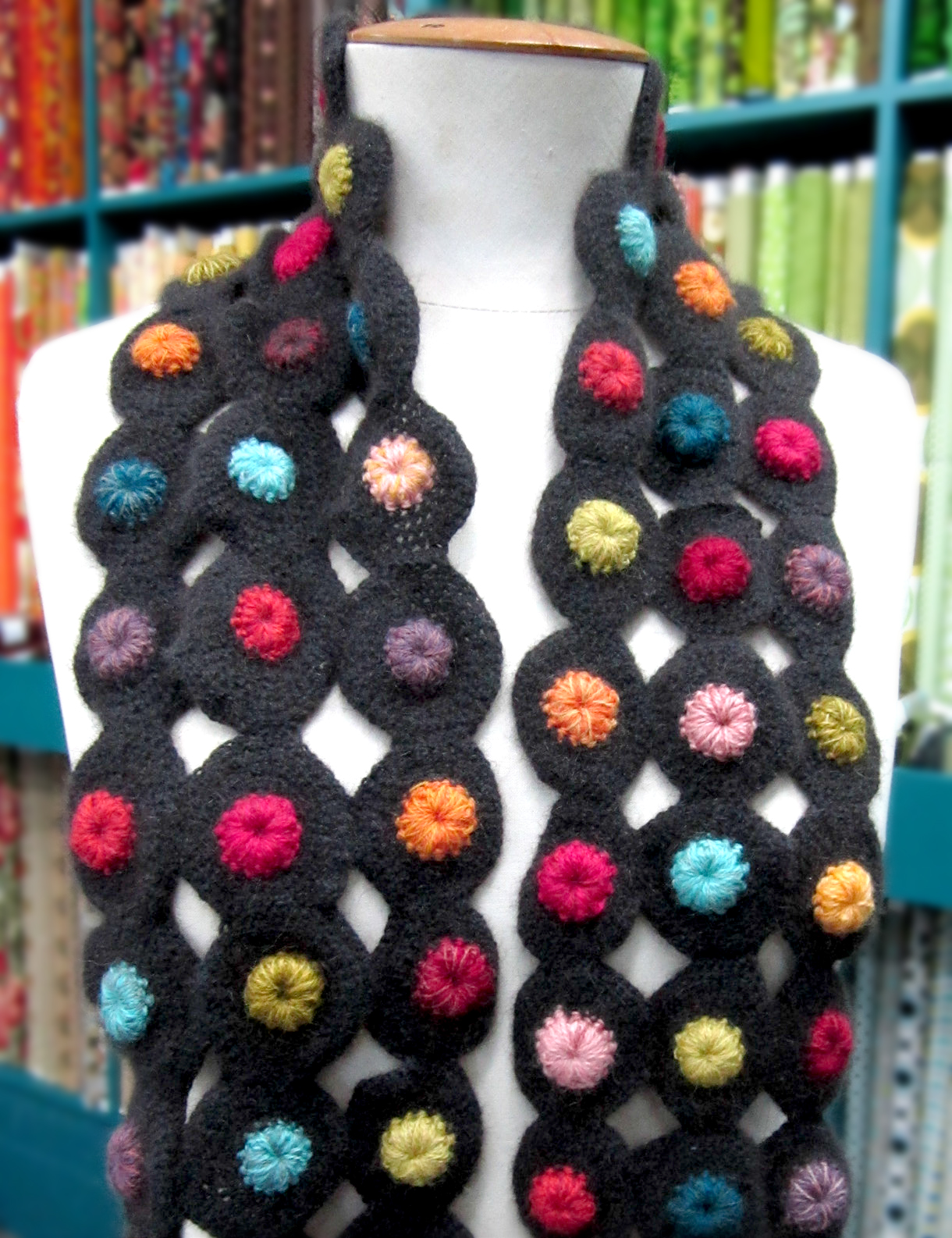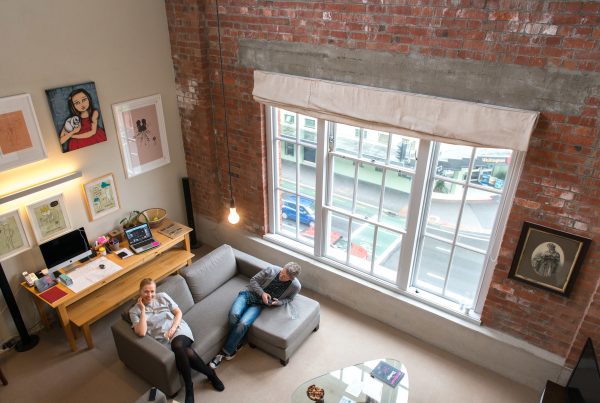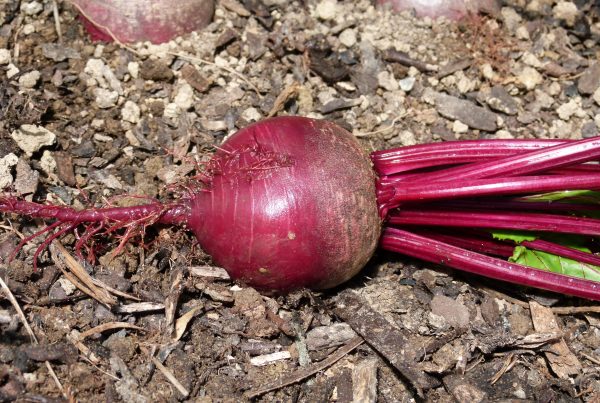
When I started designing needlepoint kit sets while at design school, I made the decision that I wanted to use a New Zealand yarn. The fact that Strand yarn had a vibrancy that is lacking in imported yarns, reflecting our distinctive light, was an added bonus.
Fast-forward ten years, and the Beaches were approaching their 80s and looking to find a new home for the product. I didn’t want to see my favourite yarn disappear, so I brought Strand into the Nancy’s Embroidery family.
Shortly after, I discovered that people were knitting and crocheting with Strand yarn, so in conjunction with the worldwide resurgence of interest in these crafts I have introduced 25g balls. The yarn knits as a three-ply, and is perfect for baby items and colourful accessories (there are more than 170 different colours in the range).
It was exciting in 2011 to organise a new spin. The mohair came from Ohuka Farms in Auckland, and the Corriedale wool from Tyntesfield Station in Marlborough. The fibres are sent to Design Spun in Hawke’s Bay, where they are spun to very particular specifications. Here in Wellington, some of the resulting yarn is then hand-dyed in smaller quantities for the embroidery skeins and commercially dyed in larger quantities at Woolyarns in Naenae. Both dyeing processes use the exhaust method, which means that the water is clean at the end of the process.
Last year, inspired by the beautiful Sophie Digard scarves at Vessel in Victoria Street and with the aim of highlighting the many colours of Strand yarns, I spent quite some time designing the French Macaron scarf seen here. For a soft, drapey effect, I combined the Strand colours with Zealana Air in lace weight.
In April, we moved into a new shop and as part of the interior design we have used lampshades covered with a stitch technique that signposts the relevant area. French Macaron polka dots in our new colours with white Strand yarn look fresh and interesting at the new shop, Nancy’s Stitch Studio at 261 Thorndon Quay.
French Macaron Scarf
Materials
- Main colour: 2 balls Zealana Air Lace Charcoal
- Macaron colours: 3 × Strand 10m skeins of Puka Peacock 392 and 395, Miro Olive 153 and 155, Titoki Pink 492 and 494, Tainui Yellow 453, Titoki Gold 484, Dark Rata Red 385 and 386, and Ngaio Violet 175
- 3mm crochet hook
Measurements
13 × 125cm (3 × 22 macarons)
Abbreviations (UK)
ch, chain; dc, double crochet (= single crochet in US terminology); sl st, slip stitch; st(s), stitch(es)
Round 1 (macaron):
Using one of the macaron colours, 4 ch, sl st into 1st ch to form a ring, 30 dc (approx.) into ring, turning as you go. Fasten off when you have made a 2cm macaron or the size you would like.
Round 2:
Join main colour. 1 ch, *1 dc into next st, 2 dc into next st, repeat from * to end of round, finishing with 1 dc into st where main colour was joined.
Round 3:
Continue working in a spiral. *1 dc into next st, 1 dc into next st, 2 dc into next st, repeat from * until end of round.
Round 4:
Continue working in a spiral. *1 dc into next st, 1 dc into next st, 1 dc into next st, 2 dc into next st, repeat from * until end of round, then fasten off.
Repeat 65 more times with different macaron colours, then plan your layout.
Finishing:
With main colour, join two macarons with wrong side facing with 5 dc, continue dc around middle motif until in position to join third motif with 5 dc, then fasten off. When you have joined a second row of three macarons together, don’t fasten off but continue around the third macaron until you are in position to join the first row. Join with 5 dc, then continue to middle macarons and repeat 5 dc to join them, and so on for the side macarons. Continue making rows and joining up the scarf until it is complete.




